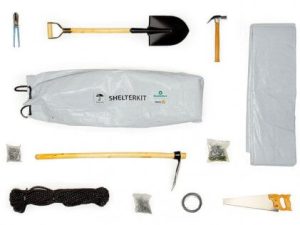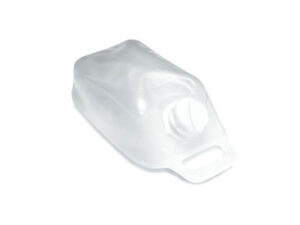Families lost everything
When Cyclone Idai tore through southern Africa in March 2019, it separated parents and children, ripped up homes and destroyed livelihoods.
In Malawi the flooding devastated land, livestock and homes. Vast areas were left uninhabitable, homes were completely destroyed and thousands of people were at risk of dangerous diseases like cholera and malaria.
How did we support families?
In the months that followed Cyclone Idai, we worked with our partners Habitat for Humanity to provide emergency shelter for families in Malawi who were affected the most.
Nearly 2,000 families received shelter kits, water filters and carriers, mosquito nets, solar lights, and blankets.
That’s around 10,000 people with a place to call home thanks to your support.
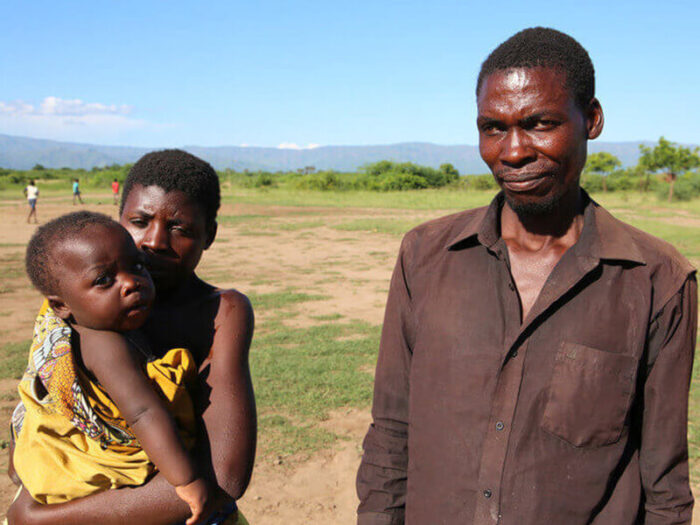

Who was affected?
It is estimated that over 100,000 homes were damaged or destroyed by Cyclone Idai, along with 1 million acres of crops.
We visited several villages and camps in southern Malawi. One of the villages was completely swamped by the flooding with homes flattened and buried in mud, forcing the whole community to abandon it. Families like Petro’s (pictured) had no choice but to flee.
But, with your support, we supported families with essential aid that allowed them to start rebuilding their lives.
Families whose homes were swept away showed incredible resilience and strength, building temporary shelters with the few materials they could salvage so they could feel safe again.
How did we support families?
Soon after Cyclone Idai made landfall, a ShelterBox team was deployed in Malawi.
Downpours had already been affecting the region for weeks before Idai struck, causing severe floods. This came after a period of severe drought, making the conditions even worse.
We worked tirelessly with our partner Habitat for Humanity to provide emergency aid to nearly 2,000 families in Malawi.
Watch the full video series on how we responded on our YouTube playlist here.
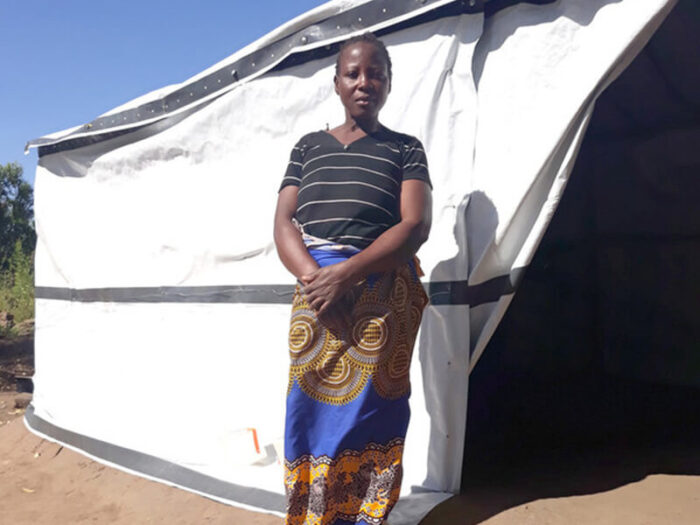
Aid items families received
Modestar and her family were just one of the thousands of families in Malawi who lost their home after Cyclone Idai swept away everything in its path.
Families like Modestar’s transformed their aid items to a new home.
Have a look at how the aid items have helped Modestar with the process of recovering.
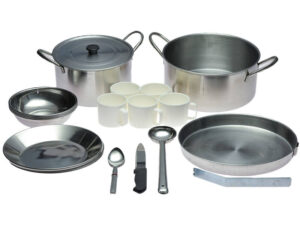
Kitchen sets
Cooking sets bring normality back to lives turned upside down by violence
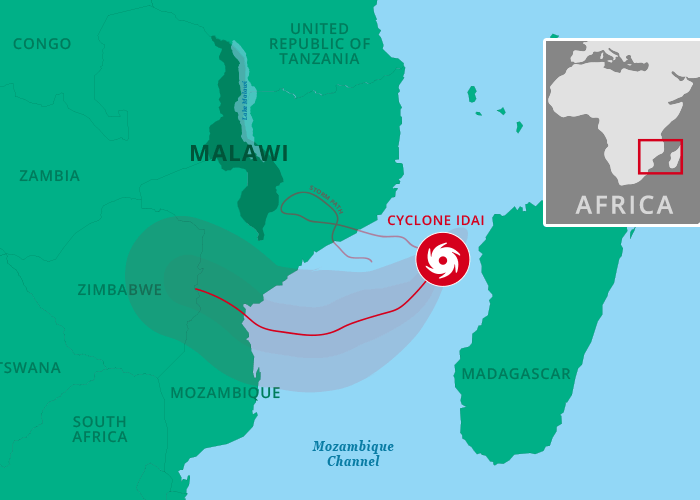
Facts about Cyclone Idai
When and where did Cyclone Idai make landfall?
Starting on March 14, Cyclone Idai first made landfall in the city of Beira, Mozambique.
The storm devastated Mozambique, Malawi and Zimbabwe with torrential rains and winds of over 100mph.
How much damage did Cyclone Idai cause?
It was estimated by the UN that Cyclone Idai and the subsequent flooding caused damages in infrastructure worth over $1 billion.
Over 100,000 homes were completely destroyed or damaged. At least 1 million acres of crops have been also destroyed.
How many people were affected by the cyclone and flooding?
It is estimated that around 3 million people were affected by Cyclone Idai across Mozambique, Malawi and Zimbabwe.
Thousands of people have been infected with dangerous insect-borne diseases like cholera and malaria.
What was the death toll after Cyclone Idai?
The death toll from the devastating cyclone is estimated to be over 1,000 people.
How did Cyclone Idai get its name?
Various meteorological organisations have responsibility for names and follow different conventions.
Usually, a storm is named when it reaches tropical storm strength.
For cyclones that form in the South-west Indian Ocean, like Idai, the names are pre-defined following an alphabetical order and alternating between male and female names (metoffice.gov.uk).
For example, the cyclone preceding Idai was Haleh, and then one proceeding it was Joaninha.
How did ShelterBox support people affected by Cyclone Idai?
ShelterBox provided shelter and essential aid items to over 2,000 families affected by the cyclone and flooding in Malawi. Find out more.


